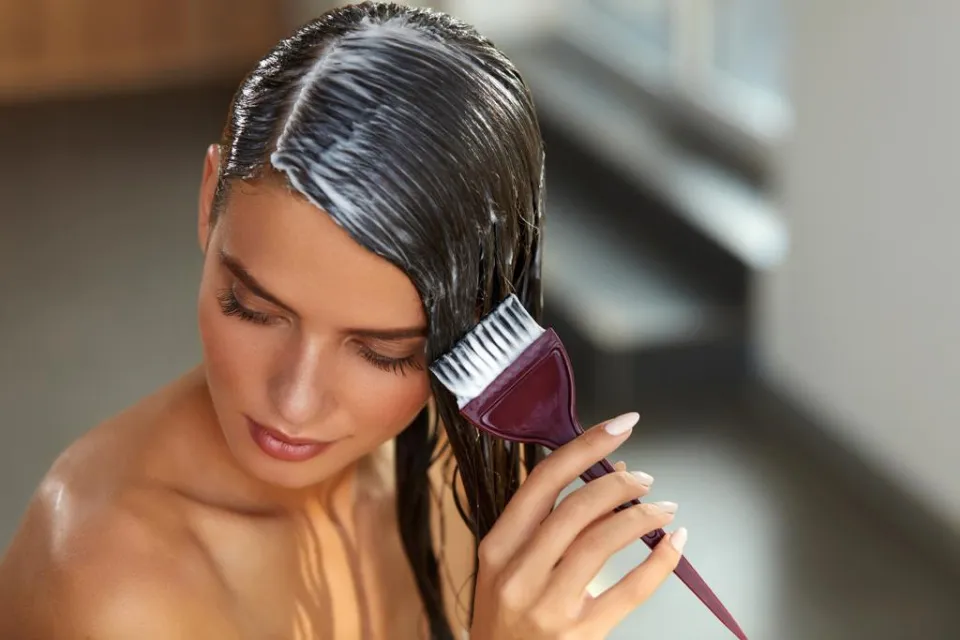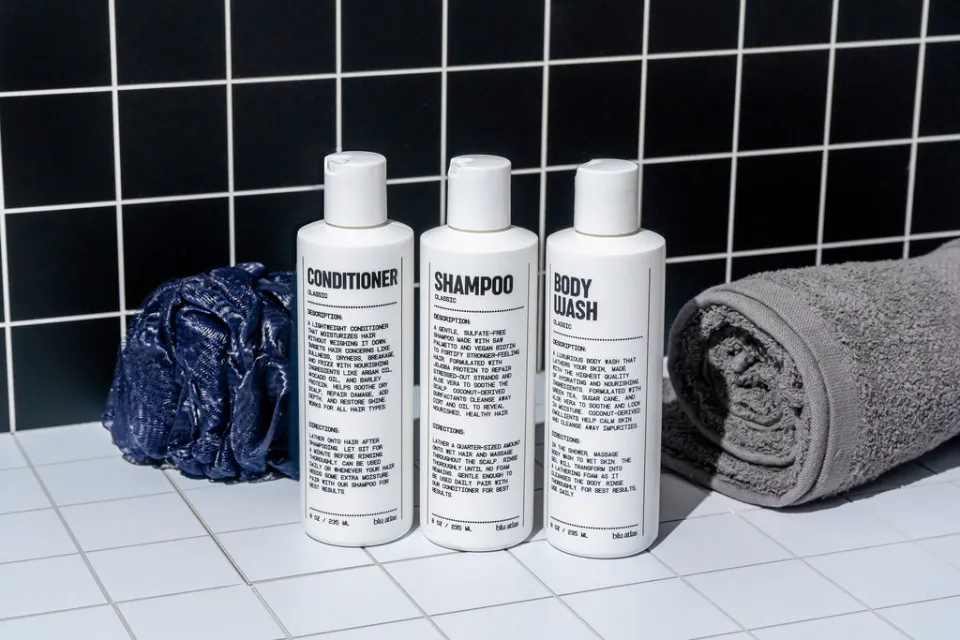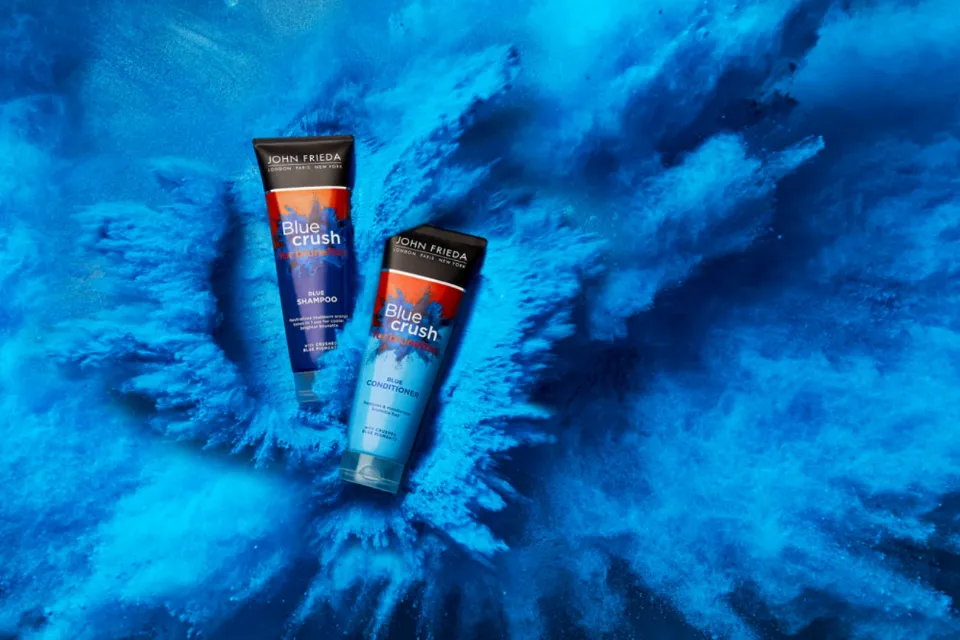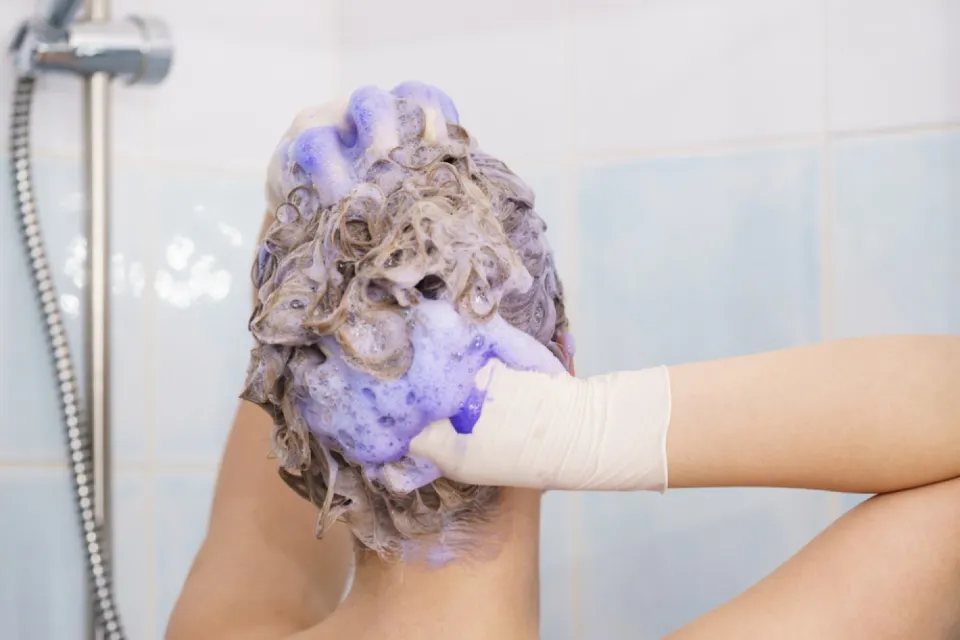Can you dye wet hair? You can dye your hair while it’s wet, but the color may be less vivid, it may not last as long, and it may be slightly more uneven than if you colored it while it was dry.
We’re sharing a few instances where coloring your strands while they’re still damp may actually be advantageous, despite the general consensus among hair stylists that dye should only be applied to dry hair.
Keep reading and you will know the pros and cons of dye wet hair and what types of hair color work best on wet hair!
Can You Dye Wet Hair?
You can dye your hair while it’s wet. Even in the salon, there are many situations where applying products to wet hair is perfectly acceptable but frequently disregarded.
Consider this: the rest of your color is applied right away while your hair is still wet when you get highlights and they take you to the shampoo bowl to remove the foils and rinse off the bleach.
Simply put, more often than we may even be aware, we color our hair while it’s still wet. So, you ask, what’s the difference?
The difference is permanence. The type of color formulas we’re using is the only factor that determines whether we need to apply to wet or dry hair.
Also Read:
Should You Wash Your Hair before Coloring It?
It’s best to skip the shampoo right before coloring because most hair dyes are designed to work best on hair that hasn’t just been washed. Instead, wash your hair the day before, and if you intend to dye it wet, simply spritz it with warm water.
There is no need to bring wet hair if you are going to the salon. Based on your desired results, your colorist will determine whether it is best to color your hair dry or wet before proceeding.
How to Dye Hair While Wet?
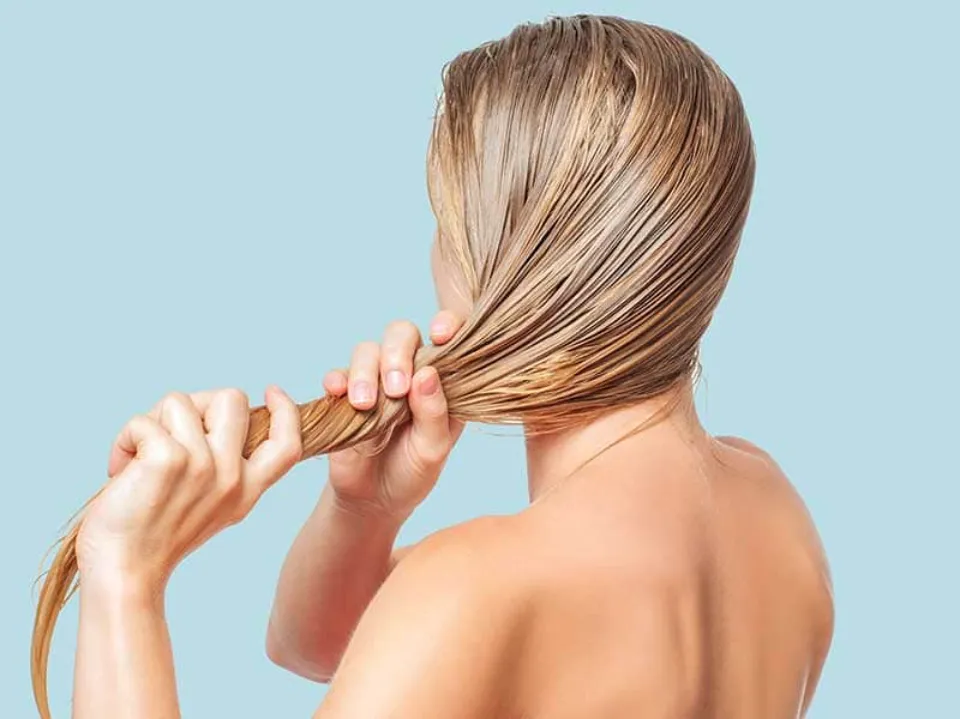
If you plan to dye your hair yourself, the shower is probably the best place to do it.
Applying the dye to wet hair in the shower can help you control the mess when dying your hair at home; this is much simpler than using a brush and bowl as your salon stylist would.
Because of this, many DIY dyes advise dying wet hair.
Here are some general steps to dyeing wet hair yourself (though be sure to check your hair dye in case there are any additional instructions for the type of dye you’re using):
- Rinse your hair with warm water, but don’t shampoo it.
- Make sure your hair is just slightly damp, not drenched. If your hair is drenched in water, the color will simply slide off. Make sure your hair is not dripping by using a towel to squeeze the water out of it.
- To the area you want to cover, apply demipermanent or semipermanent hair dye.
- Put a shower cap over your head and wait for about 20 minutes (check the dye instructions to see if you need to wait longer or less time).
- Rinse it out.
Benefits of Dyeing Wet Hair
While hair color can be applied to wet or dry hair, applying to wet hair does have a couple perks worth making note of:
- A little bit of dye goes a long way: The additional moisture from the water aids in the color’s even distribution. On the other hand, when dyeing dry hair, you must be much more careful to make sure that every strand is completely covered.
- Contains your mess: Let’s face it, when it comes to so many at-home hair color products, the recommendation to apply to wet hair feels somewhat relieving. Applying hair color with a squirt top bottle and mushing all our hair together until it lathers in the shower is way easier than the precision required of a brush-and-bowl application.
Drawbacks of Dyeing Wet Hair
Because it makes managing the outcome easier, your stylist will typically color your hair while it is dry. That’s because dyeing wet hair has several disadvantages:
The Color Might Be Uneven
When applying color to your hair, moisture will help the color spread, so it might concentrate in some areas and slide off others. As a result, the outcome is a little uneven in some places.
The Color Will Be Diluted
The main justification for professional hairstylists coloring your hair when it’s dry rather than wet is due to this. Wet hair will absorb water before you even apply the dye, so it won’t penetrate the hair cuticles as well. This is especially true if the hair is already damaged or dry.
The color will instead be more subdued or subtle and sit more on top of your hair.
In some instances, the color may not even absorb and may simply wash off with the first shampoo.
It Doesn’t Work as Well for Permanent Color
You’ll need to dye your hair more frequently because the color won’t last as long because it sits more on top of the hair strands than it does inside them.
Your Hair is More Prone to Damage
Because hair cuticles open up when hair is wet, wet hair is more brittle. Furthermore, wet hair isn’t shielded from natural oils in the same way that dry hair is. So, when applying the color treatment, be especially gentle with it.
Types of Hair Color That Work Best on Wet Hair
Now, this may be another drawback, but dyeing your hair wet doesn’t actually work for every color job. Dry hair must be used for permanent color applications. Going either lighter or darker could mean doing this. Dry hair strands are required for bleach lightening, which is done to achieve a precise application that doesn’t bleed. Dry hair is preferable if you’re using a permanent color to darken your strands so that it can really penetrate and change the condition of your hair on a deeper level than the mere surface. That being said, here are your color options for dyeing on wet hair:
Semi-Permanent Color
Ammonia and peroxide developers are absent from semi-permanent colors. Simply coating your cuticle with these colors will do the trick.
Their formulations aren’t greatly impacted by the presence of water because their primary function is to subtly improve or change the tone of your hair and offer a more subtle change with a shorter life span. Because they aren’t lifting the hair or making significant, permanent changes to it, these colors look good on wet hair.
Demi-Permanent Color
The primary distinction between a semi-permanent and demi-permanent color is that a demi-permanent color penetrates your hair shaft more deeply than a semi-permanent color that merely coats it. A demi-permanent color will last you longer than a semi-permanent color due to greater color absorption.
Even though ammonia is present, it’s still only a temporary color, so adding it to wet hair won’t have a significant impact on how well your color works. The minor drawback here is that your hair has the potential to absorb more water and less dye, which could slightly muddy your color formulation and shorten the number of shampoos your color will last. It’s nothing too major, but something worth knowing!
Other Temporary Dyes
We may not think of them as semi- or demi- permanent colors, but those playful pops of bright pink and other highlighter and pastel hued tones, as well as the toners used to neutralize your highlights at the shampoo bowl, are classified as temporarydyes and are safe to use on wet hair.
It’s simple to remember that a wet hair application is a foolproof choice with benefits as long as the change you want to make to your color is temporary and not permanent.
Takeaways
In conclusion, you can dye your hair while it’s wet. Although there are a few guidelines and it depends on what you’re doing and using when you dye wet hair.
There are several benefits to dying wet hair, not the least of which is that the dye will spread more evenly thanks to the moisture in wet hair. Because the cuticles of the hair open up when it’s wet, color pigments can be absorbed more quickly. Wet hair is also porous.
However, dying wet hair also has some drawbacks, such as a less precise color application and a greater chance of damage.
Happy coloring!
You May Also Like:
- Does Hair Dye Expire?
- Can Albino People Dye Their Hair?
- Can You Dye Your Hair With Food Coloring?
- What Color Can I Dye My Black Hair Without Bleaching?
FAQs
Can I Use Box Dye on Wet Hair?
Due to the high concentration of ammonia and hydrogen that most box dyes use, it is not advised to use box dye on wet hair. But if the box dye warns against using these items, your hair might be safe.
Can I Dye Wet Hair After Bleaching?
Many experts advise against dying your hair while it is still wet after bleaching because the bleach may have caused damage and made the strands more fragile. As previously mentioned, dyes and chemically induced products can more easily break your hair and cause permanent hair loss when applied to wet hair.
How Long Do I Leave the Dye on Wet Hair?
For applying hair dye to wet hair, there are no special instructions. Your dye package’s instructions are the same in length and format for dry hair.

